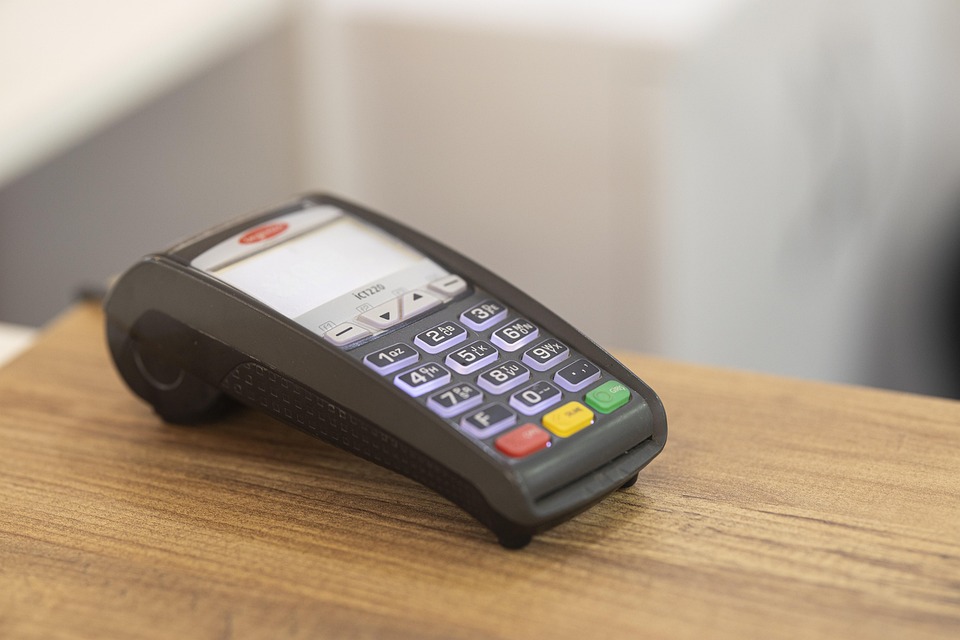When it comes to running a business, ensuring that your payment processing is smooth and efficient is crucial. However, not all businesses are created equal, and some sectors are deemed higher risk than others. This can affect how you process payments. High-risk credit card processing has gained prominence, sparking debates on its viability. This article dives deep into the pros and cons of high-risk credit card processing to help you decide if it’s the right choice for your enterprise.
What is High-Risk Credit Card Processing?
Before diving into the pros and cons, it’s essential to understand what high-risk credit card processing entails. Businesses in specific industries—like adult services, gambling, travel, subscription services, and vape/e-cigarette sectors—are often classified as high-risk by financial institutions. This classification can lead to higher transaction fees and a more complex application process.
The Pros of High-Risk Credit Card Processing
-
Access to Payment Solutions
High-risk businesses may struggle to find standard payment processors. High-risk credit card processing companies cater specifically to these sectors, allowing businesses to accept credit and debit card transactions, which can significantly increase sales. -
Less Fraud Risk
While it may seem counterintuitive, high-risk credit card processors often employ stronger fraud detection measures. Businesses will likely experience fewer instances of chargebacks, offering a safer environment for transactions. -
Improved Cash Flow
The ability to accept credit card payments can enhance cash flow for high-risk businesses. This is especially vital for sectors where cash isn’t typically used. Customers prefer using cards, and the instant payment feature helps businesses maintain a steady cash flow. -
Flexible Options
Many high-risk processors provide adaptable merchant accounts that can evolve with your business needs. Whether you are scaling up or undergoing changes, high-risk credit card processing can be more accommodating than standard options. -
Mitigation of Risk
By working with specialized processors, businesses can gain insights into managing risk and maintaining compliance with regulations, which often differ for high-risk sectors.
The Cons of High-Risk Credit Card Processing
-
Higher Fees
One of the most significant downsides of high-risk credit card processing is the higher fees associated with transactions. Because of the additional risks involved, providers may charge higher processing rates, monthly fees, and other associated costs. This can substantially affect your profit margins. -
Difficult Approval Process
The approval process for high-risk merchant accounts can be lengthy and complex. Businesses may encounter numerous requirements, including credit checks, documentation about business operations, and verification of ownership. -
Potential for Account Termination
High-risk businesses often face the threat of abrupt account terminations if they exceed certain chargeback thresholds or if the processor deems their activity suspicious. This can lead to significant operational disruption. -
Limited Payment Options
Some high-risk processors provide fewer options for payment types. This can restrict customer choices and limit potential revenues, as not all customers prefer or can use specific payment methods. -
Compliance Challenges
High-risk industries may face stringent regulatory requirements. Failing to comply can result in severe penalties or the inability to process credit card payments altogether.
FAQs About High-Risk Credit Card Processing
Q1: How do I determine if my business is high-risk?
Businesses operating in industries like adult entertainment, travel, online gambling, and other similarly categorized sectors are typically deemed high-risk. Review the characteristics of your operation, transaction volumes, and customer demographic to ascertain your status.
Q2: How can I find a high-risk credit card processor?
Many firms specialize in high-risk credit card processing. Look for processors that understand your industry and offer competitive rates. Websites like PaymentCloud can help you find tailored solutions for your business.
Q3: What are chargebacks, and how do they affect high-risk processing?
A chargeback occurs when a customer disputes a transaction, prompting the card issuer to reverse the transaction. High-risk businesses face higher chargeback rates and can incur penalties or even account termination if they exceed thresholds.
Q4: Are there alternatives to high-risk credit card processing?
While there are alternatives, they may not cater specifically to high-risk industries. You can explore direct bank transfers, digital wallets, or cryptocurrency as potential alternatives, although these options may have their own disadvantages.
Q5: How can I reduce chargebacks?
To minimize chargebacks, ensure transparent communication with customers, clarify billing descriptions, and improve your fulfillment procedures. Additionally, incorporate robust fraud prevention tools into your payment processing.
Conclusion
Evaluating whether high-risk credit card processing is right for your business is a nuanced decision that requires weighing all pros and cons. While the potential for increased sales and access to specialized services is attractive, the accompanying fees and challenges can be daunting.
If you’re a business owner struggling to navigate the complexities of high-risk credit card processing, look no further than Payminate.com. Their dedicated team can guide you through the process of finding the best merchant processing options tailored to your business’s unique needs, ensuring you can focus on what you do best—running your business! Don’t let payment processing hurdles hold you back; reach out to Payminate for expert assistance today.

